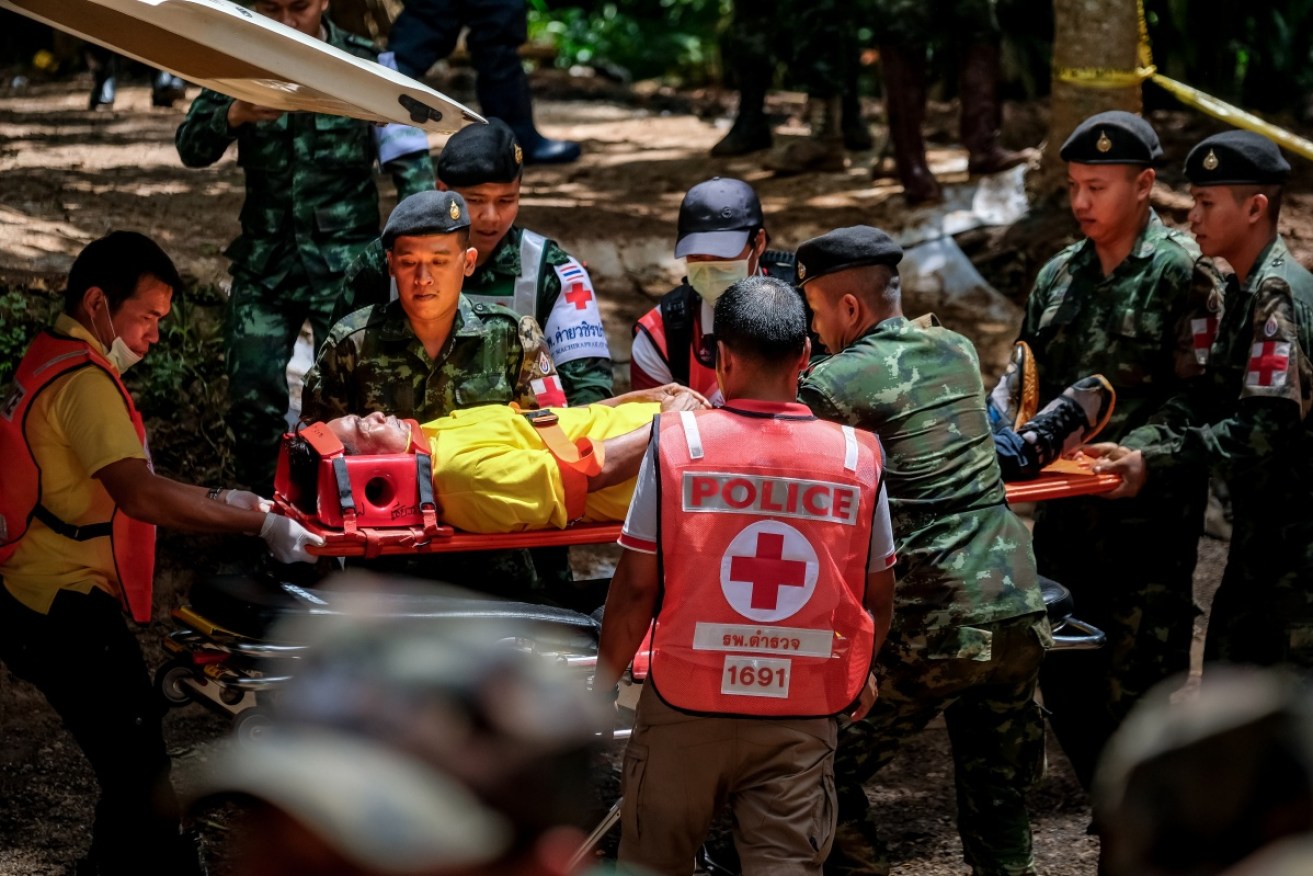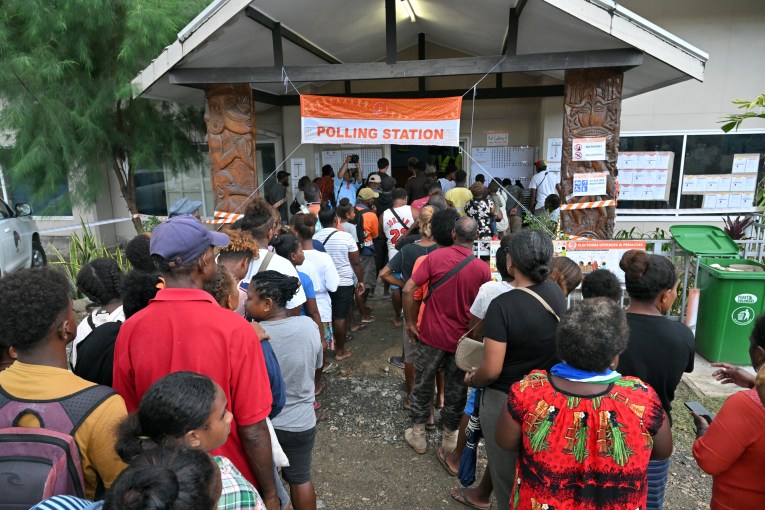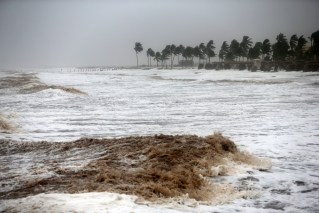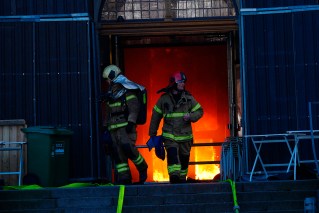Boys rescued from Thai cave were sedated with ketamine


Rescue workers rehearse in preparation for getting the stranded boys and their coach out of the cave. Photo: Getty
The 12 boys trapped inside a flooded cave in Thailand last year were drugged with ketamine to keep them calm before divers pulled them to safety, doctors have revealed.
Details of the dangerous three-day rescue mission were released in a medical journal on Thursday.
The report credits the hallucinogenic drug for keeping the boys relaxed and unaware of what was happening as divers, including Australian doctor Richard Harris, ferried them through narrow underwater chambers to the surface.
The members of the Wild Boars soccer team, aged between 11 and 16, and their 25-year-old soccer coach were exploring the Tham Luang cave when it suddenly began to rain, sending floodwater into the cave and trapping them inside for more than two weeks.
Reports at the time suggested the children had been sedated during the operation, but the strategy of using ketamine – originally developed as a horse tranquiliser – was kept secret, reportedly because it was deemed risky.
But the medical journal has now revealed the boys were administered a ketamine-based anaesthesia and a full-face mask before they were swum out of the cave “wearing poorly fitting wet suits in cold water”.
Once taken to hospital, doctors gave them special oxygen masks, plus sunglasses to protect their eyes after the extended captivity in complete darkness.

Rescuers were able to beat the rising waters in time to save the boys. Photo: Getty
Known among party drug users as ‘Special K’ or ‘ket’, ketamine is a white powder or liquid that can make people hallucinate or disassociate from their surroundings. If somebody takes too much ketamine, it can make them feel paralysed and totally disconnected from reality for several hours.
University of Melbourne chair of anaesthesia Professor David Story said doctors often administered low doses of ketamine to patients who needed extra help with pain management.
“Ketamine is different to other drugs in that their breathing and blood pressure systems are still alert but the rest of their consciousness is disassociated from what’s going on,” Dr Story told The New Daily.
“Of all of the drugs (the medics) could have chosen, where you have a kid that needs to be moved in an extremely dangerous setting in a way that they won’t panic but can still breathe, ketamine is the best choice.”

Glass capsules containing ketamine. Photo: Getty
However, Dr Story said one major side effect was “quite significant hallucinations”.
“The single reason people worry about ketamine is the problem of hallucinations,” he said.
“Like a true psychedelic drug, people can be quite disturbed.
“That’s why it needs to be carefully managed by experts.”
Not the first time
After an earthquake struck the New Zealand city of Christchurch in 2011, a Melbourne doctor administered ketamine to a man who was trapped under a beam in a collapsed building before amputating his legs and freeing him.
She was among a group of doctors who had been at a urology conference in Christchurch before it was cancelled due to the earthquake.
The doctor, who did not want to be identified, used tradesmen’s tools to saw off both legs of the earthquake victim above the knee.








